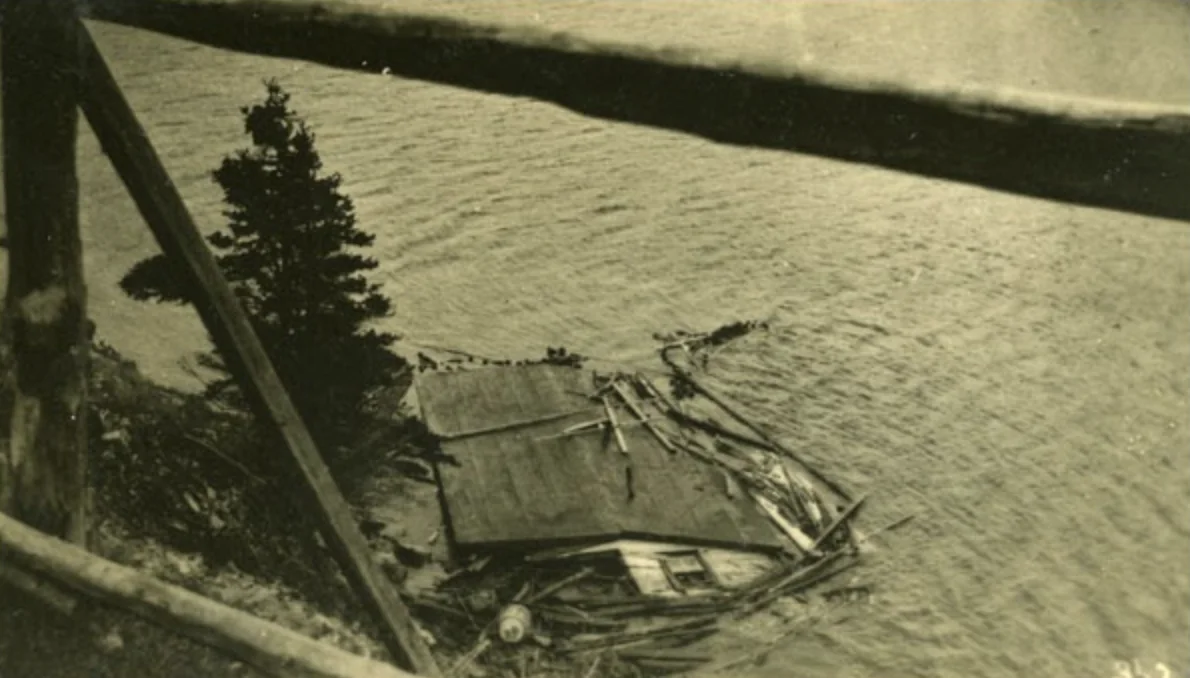
The 1929 Newfoundland earthquake and tsunami killed 27 and left 1,000 homeless
It's been 92 years since a magnitude 7.2 earthquake shook Newfoundland and caused a deadly tsunami.
This Day In Weather History is a daily podcast by Chris Mei from The Weather Network, featuring stories about people, communities and events and how weather impacted them.
--
On Nov. 18, 1929, a 7.2 earthquake shook Newfoundland, but the story starts between 201 million to 174 million years ago when Pangea, the supercontinent, started to break apart.
Fast-forwarding a few hundred million years later, but not quite to the point where Newfoundland joined Canada in 1949, the country of Newfoundland experienced a major earthquake and a deathly tsunami.
The earthquake was felt on November 18th at 5:02 pm. The quake’s epicentre was located about 400 kilometres south of the Grand Banks of Newfoundland.
The earthquake was sizable, but it's the subsequent tsunami that makes this day notable in Newfoundland's history.
The tsunami waves reached 3 - 8 metres high as they crashed ashore on the Burin Peninsula.

Destroyed House, ca. November 1929 — One of many houses the tsunami destroyed on the Burin Peninsula. Photographer unknown. Reproduced by permission of Archives and Special Collections (MF 391.1.01), Queen Elizabeth II Library, Memorial University of Newfoundland, St. John's, NL.
It crashed the communities of the Peninsula causing 27 deaths and leaving more than 1,000 people homeless.
These tsunami waves were travelling at 700km/h. Because tsunami waves travel so quickly, it's difficult to see them coming and prepare accordingly.
To learn more about the science behind this earthquake and tsunami, listen to today's episode of "This Day In Weather History".
Subscribe to 'This Day in Weather History': Apple Podcasts | Amazon Alexa | Google Assistant | Spotify | Google Podcasts | iHeartRadio | Overcast'
Thumbnail credit: Queen Elizabeth II Library, Memorial University of Newfoundland, St. John's, NL.










